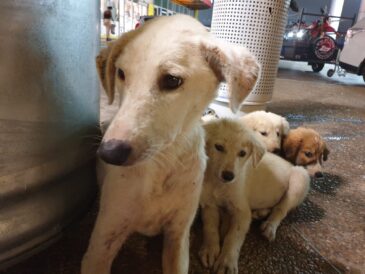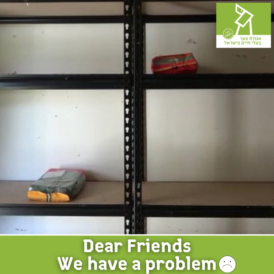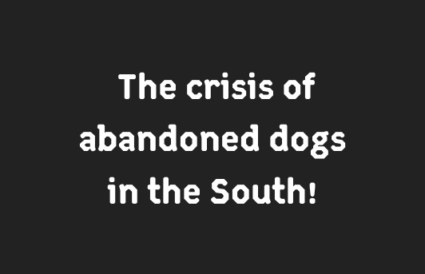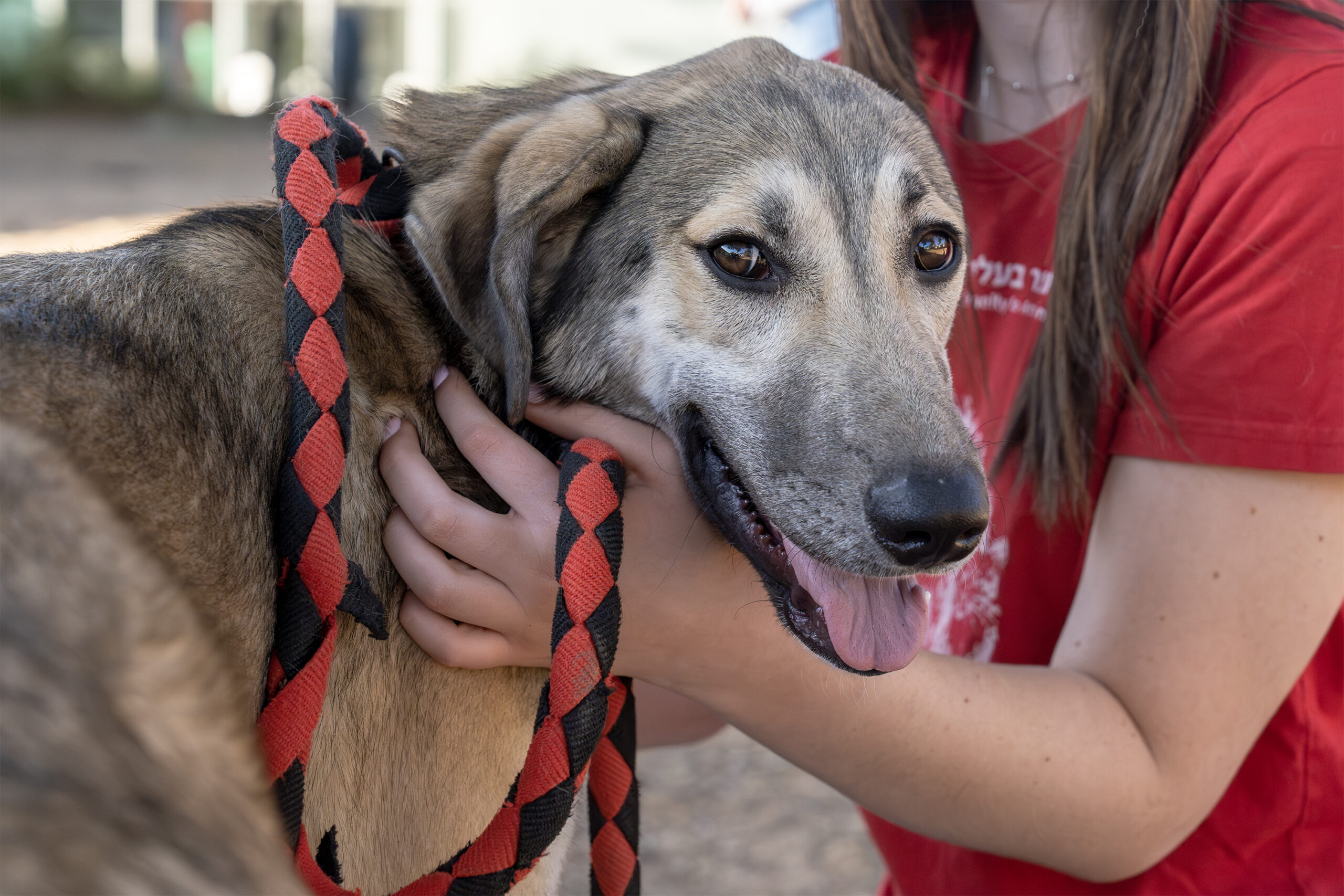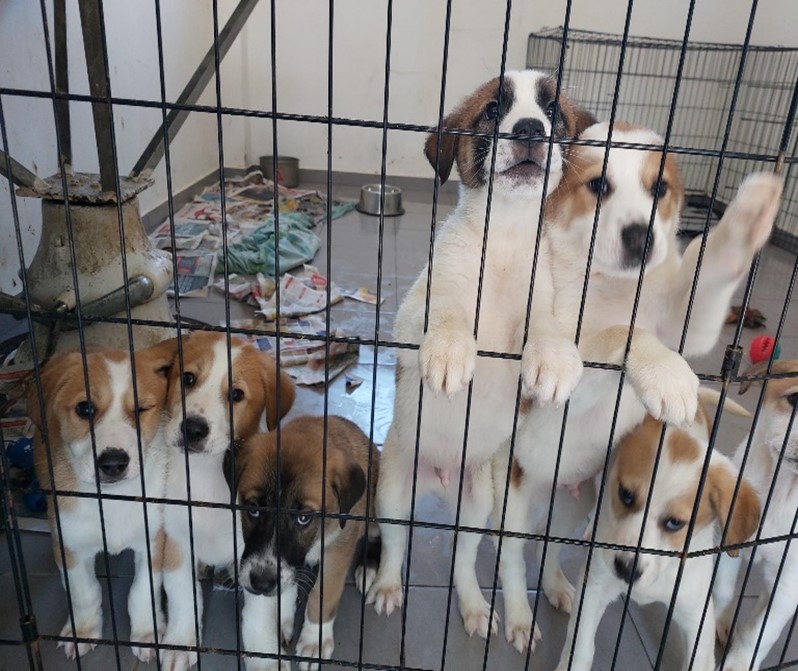The long-standing cooperation between the Society for Prevention of Cruelty to Animals in Israel, and the Bialik-Rogozin School, began a few years ago. Since then, the Society’s educational staff make regular visits to various classes in the school and the pupils take part in guided tours of the facility run by the Society.
The School, which places great emphasis on education, pluralism and human rights, promotes a special project each year on the issue of rights. This year it was decided to dedicate the project to Animal Rights, and consequently a wide range of events and activities were held focusing on this important issue. Lectures were given by a lawyer, veterinary surgeon and activists, there were panels and teacher-student discussion groups, lessons given by students and an exhibition of the student’s artwork entitled “Me and My Pet”. The regular curriculum was also designed to incorporate themes relating to the project, so that cinema and literature lessons included works with animals as their focus, in science lessons a movie about biological pesticides was screened, in the Hebrew language classes idioms incorporating animals were presented and in art classes, creative work on the subject was carried out. In addition, a declaration, signed by the schoolchildren who all undertook to respect animal rights, was published.
The children’s visit to the Society brought the project to a close. During this visit they heard an explanation about pets, their relationship to people, why it is important to neuter them and what the meaning of responsible adoption is. The children were exposed to different cases of abandonment, abuse and neglect, observed various breeds of animals resident in the Society and, at the end of their visit, were allowed to take the dogs who were candidates for adoption for a walk.
The Bialik-Rogozin Campus, numbering approximately 850 pupils from kindergarten through 12th Grade, constitutes a unique phenomenon in the Israeli Educational System. Children from 48 countries who reside in various South-Tel-Aviv neighborhoods are being educated there. There are veteran residents beside new immigrants, children of foreign workers beside Arab-Israelis, and refugees from Darfur. This fascinating human mosaic presents the school community with extremely complex educational, social and national challenges. The focal objective is to provide the children with the tools to beat the ‘opening odds’ and to set them on the road to success. In recent months the school was in the headlines at two levels: firstly, in the context of the Government’s decision to expel the immigrant children who study there and secondly, following the rewarding of the Oscar to the documentary movie made about them.




